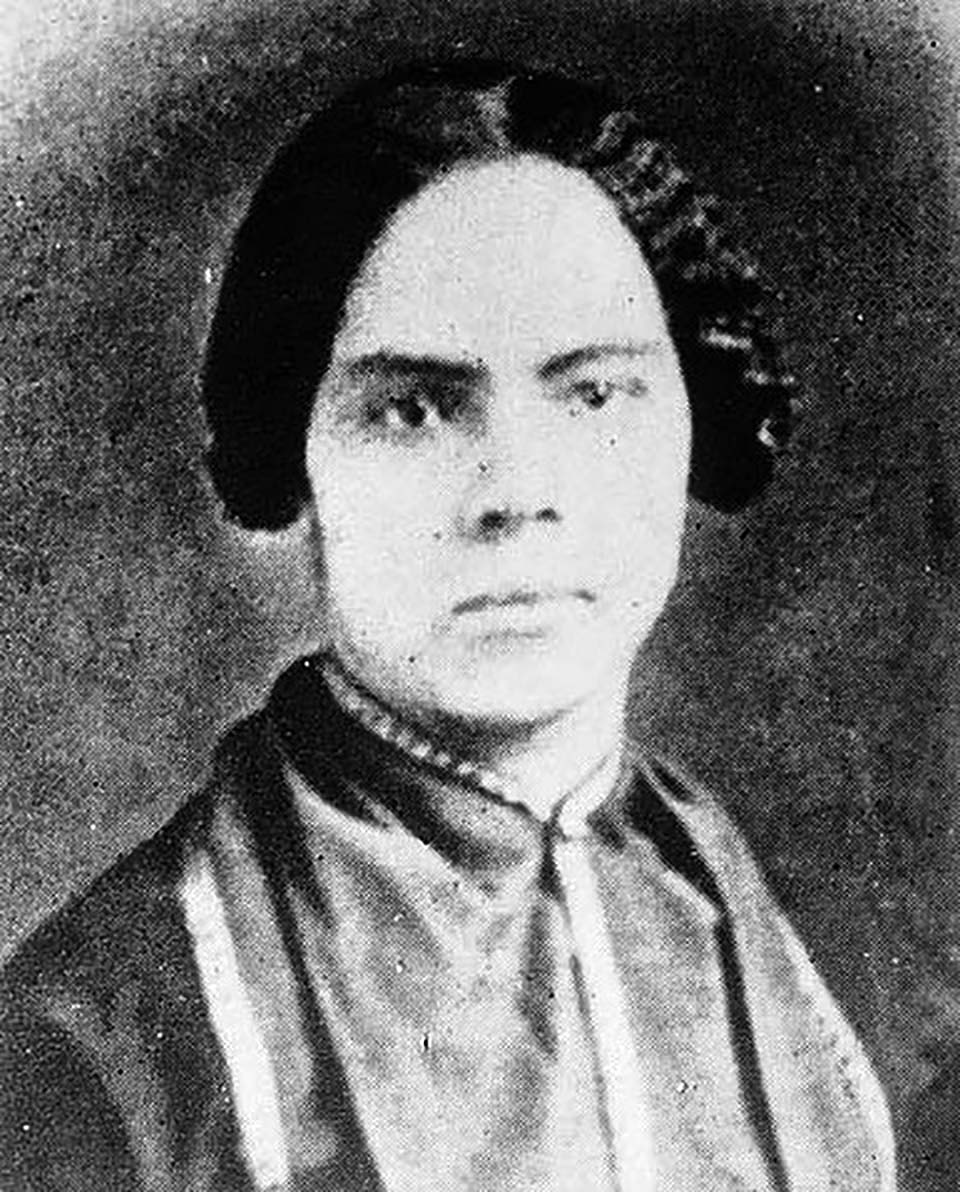Born in Wilmington, Delaware in 1823, Mary Ann Shadd was a teacher, journalist, and outspoken leader of the Canadian emigration movement during the 1850s. Shadd grew up in an abolitionist household. She was the eldest child of Abraham Doras Shadd, a prosperous shoemaker and veteran of the War for American Independence, and Harriett Parnell Shadd. Like many northern elite free blacks, Shadd received a Quaker education. It was through her activist family, teaching and journalism that Shadd secured a pathway into antislavery politics, joining other disenchanted blacks who advocated voluntary relocation to places where slavery had been abolished. Western Canada, now southern Ontario, became a geographic focal point for many black nationalist emigrationists.
Settling in Canada was a symbolic gesture as well as a concrete effort to establish independent free black settlements. Shadd herself wrote of the hypocrisy of the United States, which had identified as a democracy, yet supported slavery. In Canada, part of the British monarchy, blacks would find political and economic freedom. One of the central goals of emigrationists was to establish independent black farming communities, free of white control. During her residence in Chatham, Ontario, Shadd struggled to keep her school afloat. She eventually abandoned teaching and turned to journalism, taking over the Provincial Freeman in Windsor, Ontario in 1853. As the primary editor of the Freeman, Shadd traveled throughout Ontario and parts of the United States in an effort to drum up subscriptions for the fledgling newspaper. In the process, she wrote essays about her travels, revealing her support for sex and race equality. After the Civil War and the death of her husband, Thomas Cary, Mary Shadd Cary returned to the United States, where she earned a law degree from Howard University. She died of stomach cancer in Washington, D.C. in 1893.


